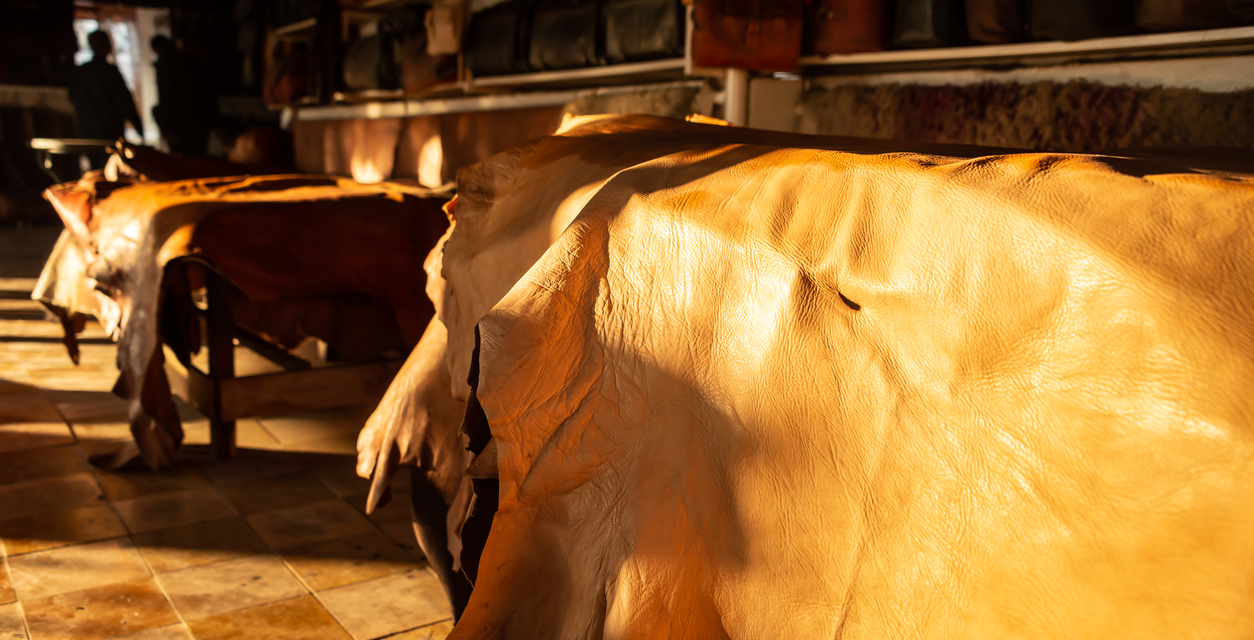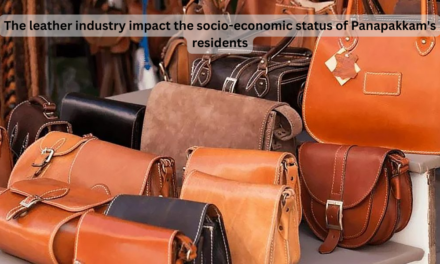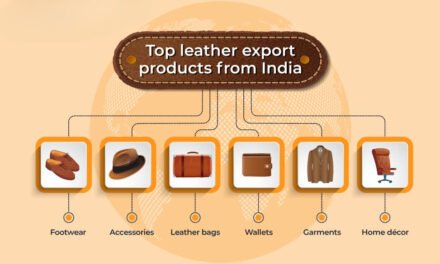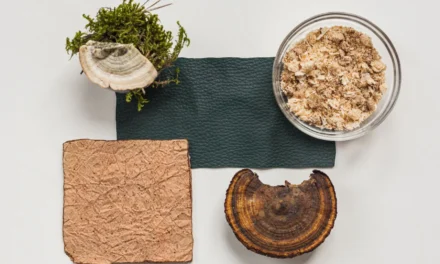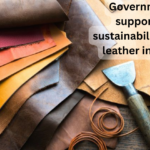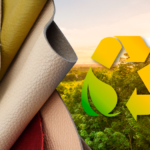Eco-friendly tanning methods are transforming the leather industry by significantly reducing its environmental impact, improving worker safety, and addressing consumer demand for sustainable products. Here’s how these methods are driving change:
1. Vegetable Tanning
- Process: Uses natural tannins from plant sources like tree bark, leaves, fruits, and roots.
- Benefits:
- Completely biodegradable and free of harmful chemicals.
- Produces durable leather that develops a natural patina over time.
- Reduces chemical pollution in soil and water.
- Challenges:
- Takes longer (weeks) compared to conventional chrome tanning.
- Produces stiffer leather, limiting use in certain applications.
2. Chrome-Free Tanning (Aldehyde-Based Tanning)
- Process: Replaces chrome salts with aldehyde-based chemicals (e.g., glutaraldehyde or oxazolidine) to tan leather.
- Benefits:
- Reduces the risk of chromium contamination in soil and water.
- Creates softer, more flexible leather suitable for garments and upholstery.
- Challenges:
- Aldehydes can still pose health risks if not handled properly.
- Requires better waste management systems.
3. Zeolite and Metal-Free Tanning
- Process: Uses zeolites (naturally occurring minerals) or synthetic alternatives to replace heavy metals like chromium.
- Benefits:
- Non-toxic and safer for workers and the environment.
- Produces clean wastewater, reducing pollution.
- Creates soft, high-quality leather.
- Challenges: Higher production costs due to advanced technologies.
4. Vegetable-Synthetic Combination Tanning
- Process: Combines plant-based tannins with synthetic alternatives to optimize durability and flexibility.
- Benefits:
- Reduces reliance on harmful chemicals.
- Produces versatile leather suitable for various applications.
- Challenges: Requires careful balancing of materials to remain eco-friendly.
5. Wet White Tanning
- Process: A chrome-free alternative that uses organic or synthetic tanning agents (like glutaraldehyde).
- Benefits:
- Produces leather that is lighter in color (“white”) and free from chromium.
- Reduces environmental contamination and health hazards.
- Challenges: Still involves some chemicals, requiring proper waste treatment.
6. Enzymatic Tanning
- Process: Utilizes natural enzymes to assist in tanning, replacing or reducing the need for chemicals.
- Benefits:
- Biodegradable and sustainable.
- Lowers water and chemical usage.
- Produces eco-friendly leather with minimal environmental impact.
- Challenges: Relatively new and not yet widely adopted on an industrial scale.
7. Water-Based and Bio-Based Finishes
- Process: Uses water-based dyes and finishes, avoiding VOCs (Volatile Organic Compounds) found in traditional coatings.
- Benefits:
- Reduces air and water pollution.
- Improves worker safety by eliminating harmful fumes.
- Ensures a more sustainable leather finishing process.
Impact of Eco-Friendly Tanning on the Leather Industry
- Reduced Environmental Footprint:
- Lower water usage and cleaner effluents reduce water pollution.
- Elimination of heavy metals prevents soil contamination.
- Improved Worker Safety:
- Eco-friendly processes minimize exposure to harmful chemicals like chromium salts.
- Increased Consumer Appeal:
- Growing demand for sustainable products drives brands to adopt cleaner tanning methods.
- Certifications like Leather Working Group (LWG) and Gold-rated Tanneries encourage transparency and accountability.
- Biodegradability:
- Vegetable-tanned and naturally treated leathers decompose naturally, reducing landfill waste.
- Innovation and Collaboration:
- Research into bio-tanning and enzyme-based processes fosters innovation for greener alternatives.
- Collaboration across industries (like fashion and automotive) accelerates adoption of sustainable practices.
Key Challenges
- Higher production costs and longer processing times.
- Limited scalability of certain eco-friendly methods.
- Need for improved infrastructure and technology, especially in developing countries.
Conclusion
Eco-friendly tanning methods are revolutionizing the leather industry by creating a more sustainable, safer, and cleaner production process. As innovation advances, these methods are becoming more efficient, offering a viable path to meeting environmental regulations and consumer demands while maintaining leather’s durability and quality.
Hashtags
#EcoChicLeather #EcoFriendlyFashion #EcoLeatherGoods #EcoLeatherAccessories #EcoLeatherShoes #EcoLeatherBags #EcoLeatherJackets #EcoLeatherFurniture #EcoLeatherCraftsmanship #EcoLeatherDesign #EcoLeatherTrends #EcoLeatherStyle #EcoLeatherCommunity #EcoLeatherAwareness #EcoLeatherMovement #EcoLeatherRevolution #EcoLeatherInnovation #EcoLeatherSolutions #EcoLeatherInspiration #EcoLeatherPassion #EcoLeatherLove

